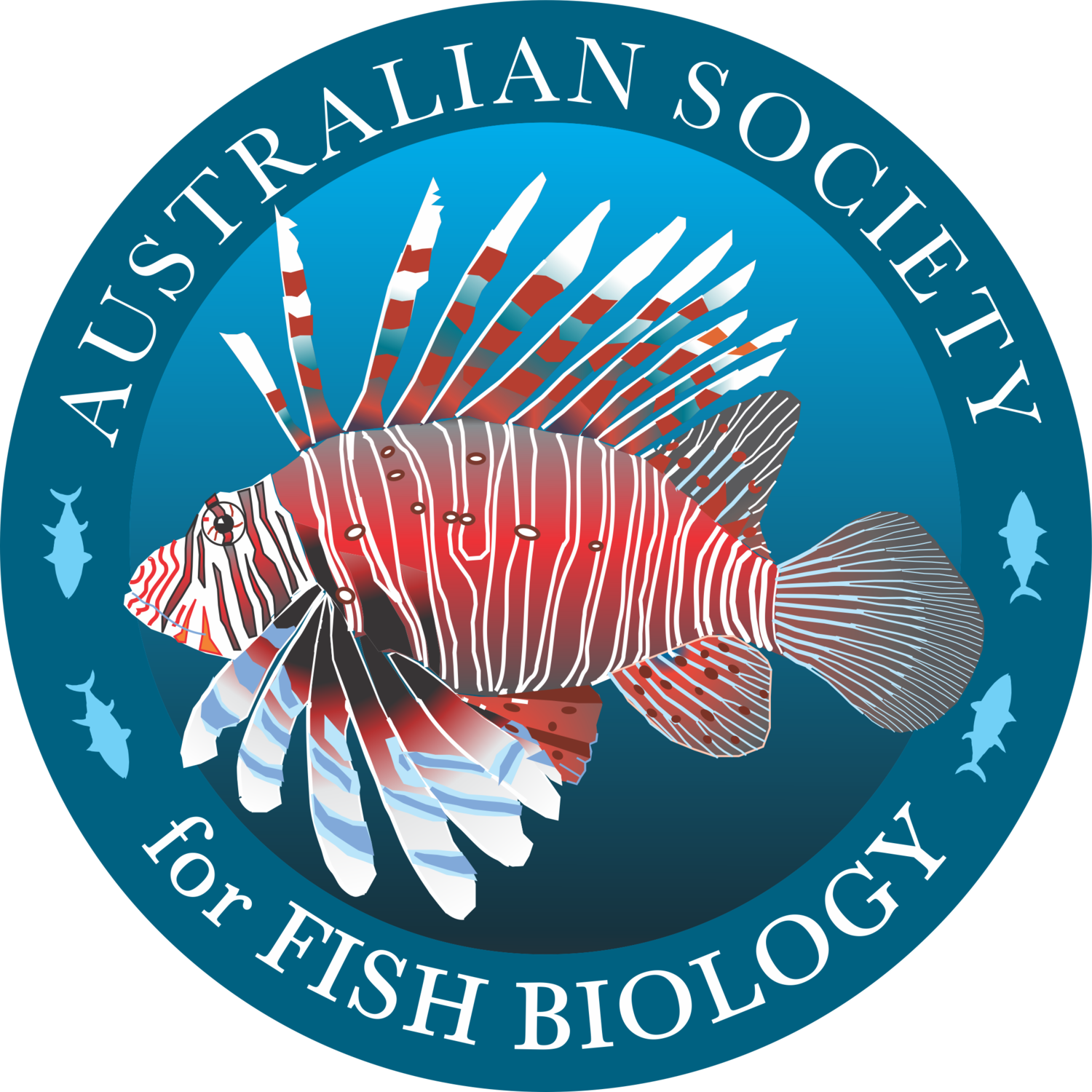Celebrating the UN International Day of Women and Girls in Science
Sunday February 11th, 2024, marks the ninth International Day of Women and Girls in Science. We use this opportunity to spotlight the trailblazing women on our Executive Council.
Dr. Kat Cheshire, Vice President of ASFB and Research Leader for Freshwater Ecosystems at Fisheries DRNSW.
Can you give us an introduction into your work?
I lead a team of dedicated freshwater research staff, our focus at NSW DPI Fisheries is 'helping people look after fish’. Our research secures thriving fish populations and aquatic habitats, sustainable and enjoyable fishing, and the development of healthy, vibrant, and productive regional communities, with national and international benefits.
What inspired you to pursue a career in marine science, and can you share the journey that led you to where you are today?
My decision to follow a career in aquatic science came from childhood trips with my family, our dad is a marine scientist, these adventures instilled a deep curiosity and appreciation for aquatic life in me. I am captivated by freshwater fish, as indicators of river health and being connected to people and culture.
What advice would you offer to young women who aspire to study or work in marine science, based on your experiences and insights in the field?
To women and girls aspiring to study or work in science, build a strong professional networks that are positive and offer growth, and know that your unique perspective contributes invaluably to the scientific community. ASFB has been a great Society for me to do this in.
Dr Genevieve Phillips - Treasurer for ASFB, and fisheries research scientist based at the Institute for Marine & Antarctic Studies at the University of Tasmania.
Can you give us an introduction into your work?
Since 2017 I've been working as a fisheries scientist and data analyst for various fisheries in Queensland, the Southern Ocean, Tasmania, and Victoria. At the moment I am working on stock assessment modelling of crustaceans. This involves lots and lots of stakeholder engagement, and hours of programming and applying beautiful mathematical models to imperfect fish and fisheries data. I am also interested in marine resource management in general, and am leading an FRDC project looking into the potential benefits of partially protected marine protected areas.
What inspired you to pursue a career in marine science, and can you share the journey that led you to where you are today?
I pursued a career in marine science because if I could, I would live underwater! I grew up in the tropics, and from the moment I saw a coral reef, I knew I needed to know EVERYTHING about the fish that lived there. I am endlessly curious about the marine world, and I have always wanted to have a job where I'm doing something meaningful, and having a positive impact on marine policy.
What advice would you offer to young women who aspire to study or work in marine science, based on your experiences and insights in the field?
My advice is always to do what makes you most happy! There are so many different career paths within marine science, and they are mostly outside of pure academia. Contact your marine science heroes, or state government departments, and ask whether there are opportunities to get involved in projects. Don't be afraid to pitch ideas to researchers for projects or funding applications. Learn to dive or drive a boat! Observe the marine world with your own eyes. Once you have a foot in the door, there are so many opportunities out there. Working within government departments, or at research institutes like IMAS that partner with government is literally the best of both worlds: marine science that has a direct impact on marine policy.
Dr. Tiffany Sih, Secretary of the Australian Society of Fish Biology and fish ecologist at the Australian Institute of Marine Science.
Ana Hara, Western Australia Museum
Can you give us an introduction into your work?
I consider myself a veritable 'Jill of all trades’ as my research extends from shallow water fish assemblages to mesophotic (and deeper) depths and I employ diverse research methods. Often I use underwater imagery to investigate these marine communities, and my passion is for these ‘first looks’ of unique habitats, where many observations are new records and species we know very little about.
What inspired you to pursue a career in marine science, and can you share the journey that led you to where you are today?
I grew up in California where I was inspired by the fabulous Monterey Bay Aquarium and the Disney movie The Little Mermaid. My career choice of being a marine biologist has taken me to some pretty spectacular places and I love seeing all the weird, beautiful and astounding forms of fish!
What advice would you offer to young women who aspire to study or work in marine science, based on your experiences and insights in the field?
Experience is hard-earned. You will be a better scientist the longer you work at it, so always look for opportunities to increase your skillset, expand your perspective, and challenge yourself to become better. You do not have to dive to be a marine scientist but diving is a great example for this point. You will learn a lot in your first 5 hours underwater, but you will have better technique after 50 hours underwater, and when you have spent 500 hours underwater, you will understand yourself (and the marine environment) a whole lot more.
These women exemplify the spirit of the International Day for Women and Girls in Science, demonstrating that with passion, dedication, and a supportive community, significant contributions to marine science. Their stories and advice offer invaluable insights for those aspiring to follow in their footsteps, highlighting ASFB's commitment to fostering a diverse and inclusive scientific community.




